
Horse Coat Color – Base Modifiers – The Dominant Gray Gene
Every gray horse has at least one gray gene that depigments the base color over time. Every hair is affected though the rate of graying as well as the uniformity are different between horses, Some will be steel gray all of their lives while others will become solid white. However all horses that gray keep their original skin color of chestnut or bay / black. This is the difference between a horse that has grayed into a solid white horse and a true white horse that lacks pigment in their skin
**CONTINUED IN ARTICLE TAB**
Related material – Sometimes I have a lot of material here that I have written, podcasted, video blogs and other things. They will be listed in this tab.
Use the browser back button or menu to return to the index of topics.
⬇︎ CLICK ANY IMAGE BELOW TO REVEAL MORE INFORMATION ⬇︎
Every gray horse has at least one gray gene that depigments the base color over time. Every hair is affected though the rate of graying as well as the uniformity are different between horses, Some will be steel gray all of their lives while others will become solid white. However all horses that gray keep their original skin color of chestnut or bay / black. This is the difference between a horse that has grayed into a solid white horse and a true white horse that lacks pigment in their skin.
A gray horse has either a GG or a Gg gene combination will be gray while horses that never gray are gg. Breeding a GG to another GG or a Gg will always yield a gray horse. Breeding a Gg to a Gg will give 75% gray (one GG and two Gg) and 25% non-gray (gg). Breeding a GG to a gg will will yield 100% gray foals. Breeding a Gg to a gg will yield 50% grays (two Gg) and 50% non-gray (two gg).
Gray horses can over express 2 genes (STX17 and NR4A3) which will cause benign melanoma tumors. This is the most common skin tumor of horses and is limited to black skin and almost always to gray horses. It is unknown why these 2 genes are overexpressed in gray horses but a high percentage of gray horses will develop these hard, black lumps in the skin. In rare cases, these tumors can become metastatic spreading throughout the body becoming life threatening.
The term “flea bitten” is where some of the base color remained as small speckles covering the whole body. These usually disappear over time.
Dapples are common in young horses that are starting to turn gray. These are colored patches with a light gray lace forming over the body. Dapples can be in any colored horse but are striking in the gray. They are a sign of good health as horses with a dull hair coat will never dapple.
Any videos related to this topic will be added here. Stay tuned or comment a request.
- Additional tables
- Links to other in house articles
- Links to outside articles
- Reference material used in developing this topic.
There are no related articles here if you don’t see linked items.


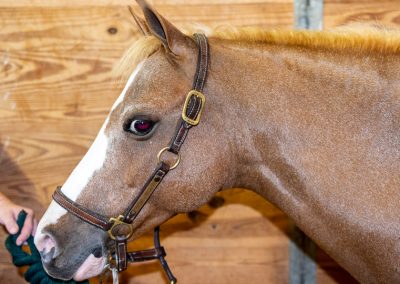
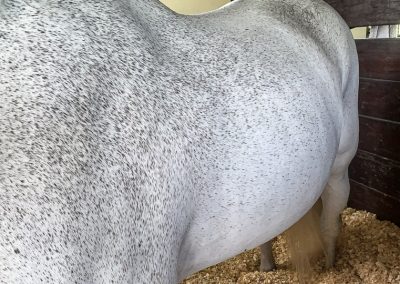
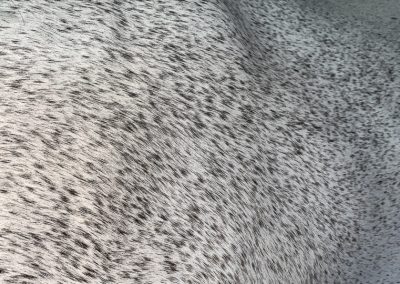
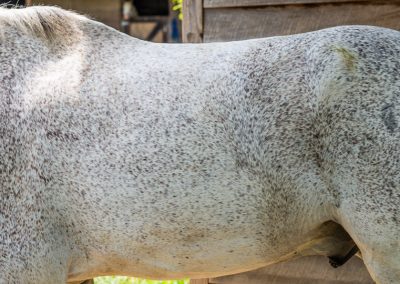
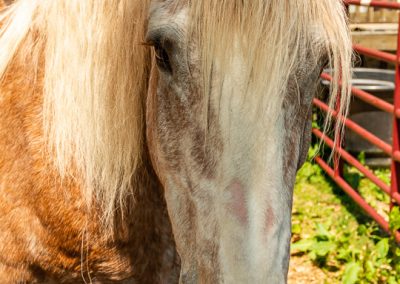
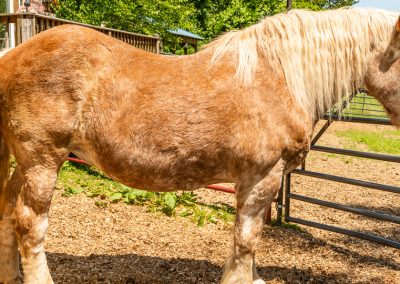
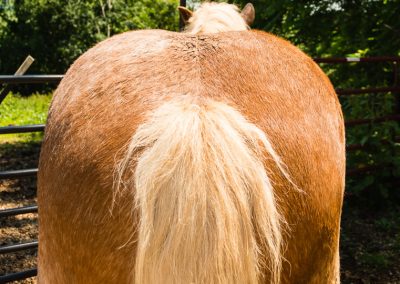

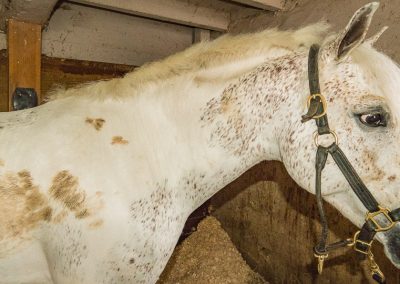
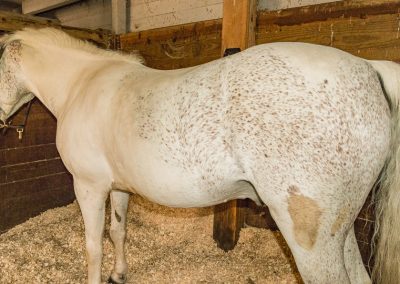
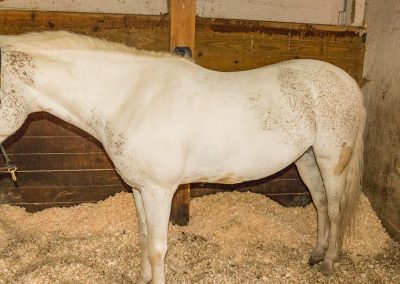
Responses